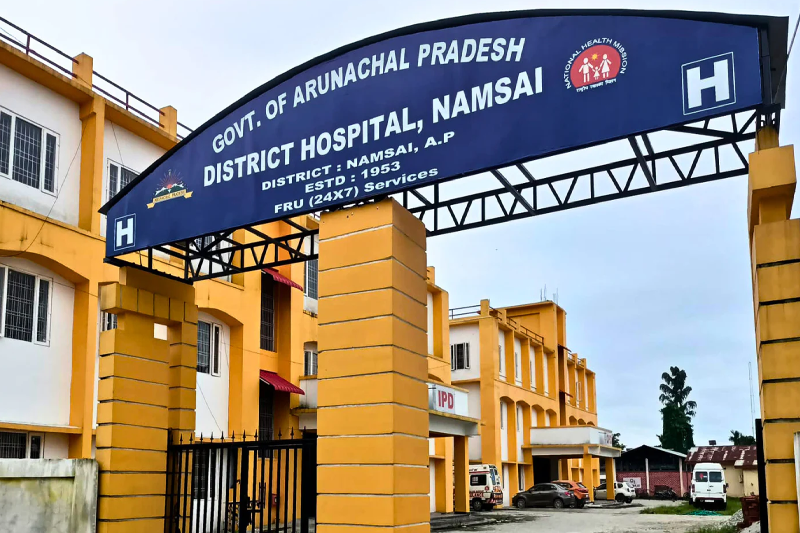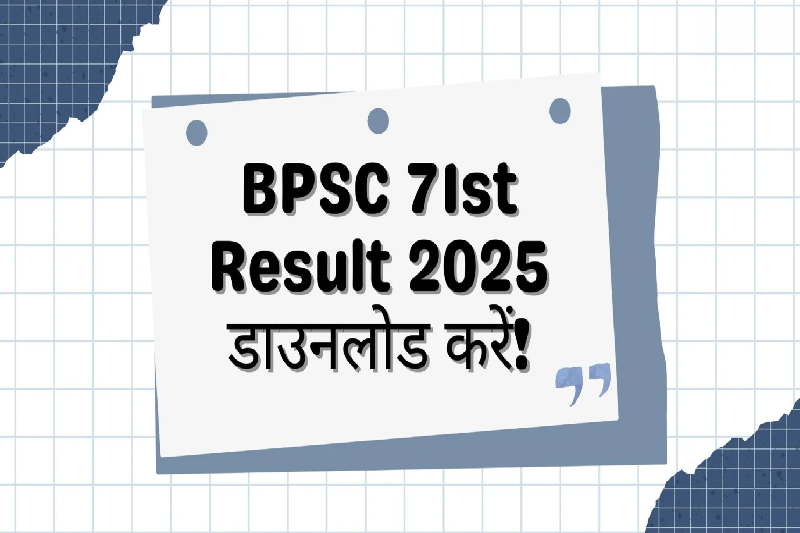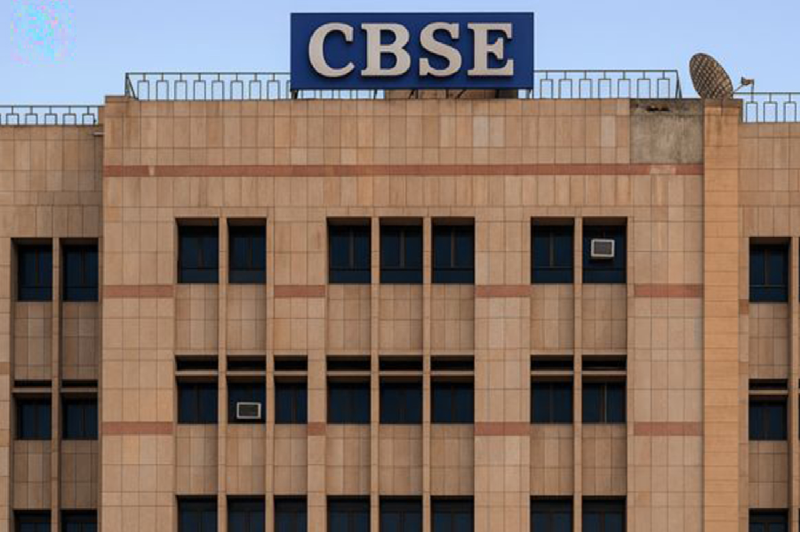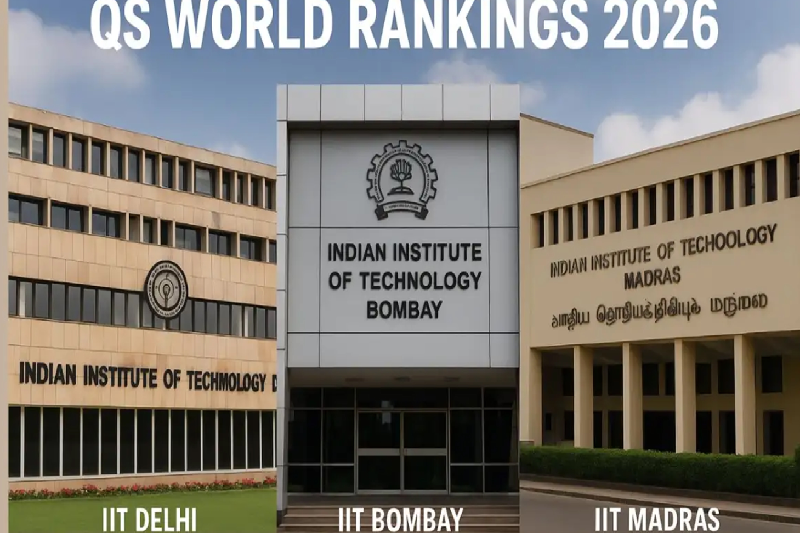
Arunachal Pradesh to Get Its Second Medical College at Namsai: Boost for Healthcare and Medical Education
Arunachal Pradesh is set to significantly strengthen its healthcare and medical education infrastructure. The Directorate of Medical Education, Training & Research, Arunachal Pradesh, has officially initiated the process to establish the state’s second medical college at Namsai. This development addresses the long-standing demand for more medical seats and strengthens healthcare delivery in one of India’s most underserved regions.
Arunachal’s Current Medical Education Landscape
At present, Arunachal Pradesh has only one operational medical college: Tomo Riba Institute of Health and Medical Sciences (TRIHMS) at Naharlagun. TRIHMS began with 50 MBBS seats, which were later increased to 100 to accommodate the rising demand for medical education in the state.
However, given Arunachal’s population growth, geographic challenges, and the increasing need for local healthcare professionals, one medical college has proved insufficient. Establishing a second medical college marks a crucial expansion to meet these pressing demands.
Namsai: The Site for the Second Medical College
The new medical college will be developed at Namsai, within the premises of the existing district hospital. Currently, the hospital has a capacity of 100 beds. Under the proposed plan, it will significantly expand with an additional 320 beds, taking the total bed strength to 420 beds.
This expansion will allow the hospital to serve as a teaching hospital and a key healthcare hub for Namsai and the surrounding districts. Integrating education and healthcare within the same complex will ensure practical training for students and improved services for residents.
100 New MBBS Seats: A Step Toward 200 in the State
The proposed Namsai medical college will offer 100 MBBS seats, doubling the total capacity across the state to 200 seats annually. This increase holds long-term benefits for Arunachal Pradesh, which has historically faced a shortage of doctors and healthcare staff. By training more doctors locally, the state can reduce its dependency on outside institutions and strengthen its healthcare ecosystem.
Timeline and Cost of the Project
The new medical college is expected to be completed in about seven years, according to the tender notice issued by the Directorate. The estimated cost of the project stands at ₹356.60 crore.
While the timeline may appear long, officials have emphasized that establishing a medical college involves complex planning, regulatory clearances, infrastructure development, and faculty recruitment. The phased approach ensures the project is executed systematically, without compromising quality.
Public-Private Partnership (PPP) Model for Execution
A key highlight of the project is that it will be developed under the Public-Private Partnership (PPP) model. The state government has already floated tenders, inviting potential private partners who possess the expertise and meet the requirements set by the Arunachal Pradesh government and the Union Ministry of Health and Family Welfare.
The PPP approach is expected to improve efficiency, resource utilization, and modern management practices. The government hopes to create a sustainable model that balances education and service delivery by leveraging private sector expertise and public sector support.
Policy Announcement and Vision
Chief Minister Pema Khandu first announced the plan for a second medical college in November last year. He indicated that the Namsai project would be followed by another medical college at Pasighat, also under the PPP mode.
Speaking at an induction program at TRIHMS, the Chief Minister emphasized that expanding medical colleges is vital for producing doctors and strengthening the state’s healthcare delivery system. His vision includes creating opportunities for local students, reducing outmigration for medical education, and ensuring quality healthcare services closer to home.
Strengthening Healthcare Delivery
Beyond medical education, expanding Namsai hospital into a teaching institution with 420 beds will directly benefit the local population. Rural and remote areas of Arunachal often struggle with limited healthcare access, forcing patients to travel long distances for specialized treatment.
With advanced infrastructure and expanded capacity, the Namsai hospital will be better equipped to handle emergencies, chronic illnesses, and preventive healthcare while serving as a training ground for future doctors.
Challenges and Considerations
While the announcement is promising, the project faces particular challenges:
- Geographical barriers: Arunachal’s remote and hilly terrain may slow down construction and logistics.
- Faculty recruitment: Attracting qualified doctors and teaching staff to a remote location could be difficult.
- Timely execution: A seven-year timeline requires consistent political will, funding flow, and coordination between government and private partners.
Nevertheless, if implemented effectively, experts argue that the PPP model can overcome many of these hurdles.
A Step Toward Healthcare Self-Reliance
Adding 100 MBBS seats at Namsai will reduce the gap between the demand and supply of medical professionals in Arunachal Pradesh. Over time, this move could also reduce the doctor-patient ratio in the Northeast, which has long suffered from healthcare disparities compared to the rest of the country.
By training more local students who understand the state's cultural and geographic realities, Arunachal can ensure a sustainable and community-rooted healthcare system.
Conclusion
Establishing Arunachal Pradesh’s second medical college at Namsai marks a transformative milestone for the state’s healthcare and education sectors. With ₹356.60 crore investment, 100 new MBBS seats, and a 420-bed hospital expansion, the project promises to reshape medical training and healthcare delivery in the region.
As the project progresses under the PPP model, its success will hinge on effective collaboration, timely execution, and attracting skilled professionals. For the people of Arunachal Pradesh, however, the Namsai Medical College represents hope—a step closer to accessible, quality healthcare and greater opportunities in medical education.



